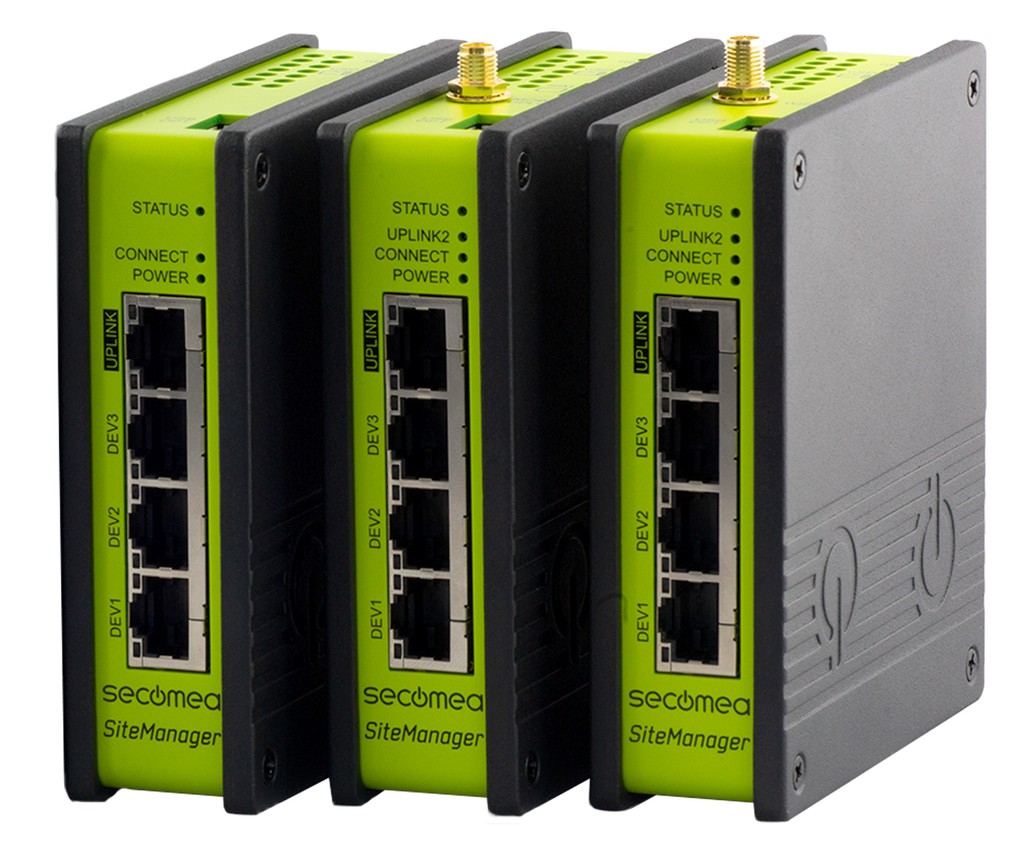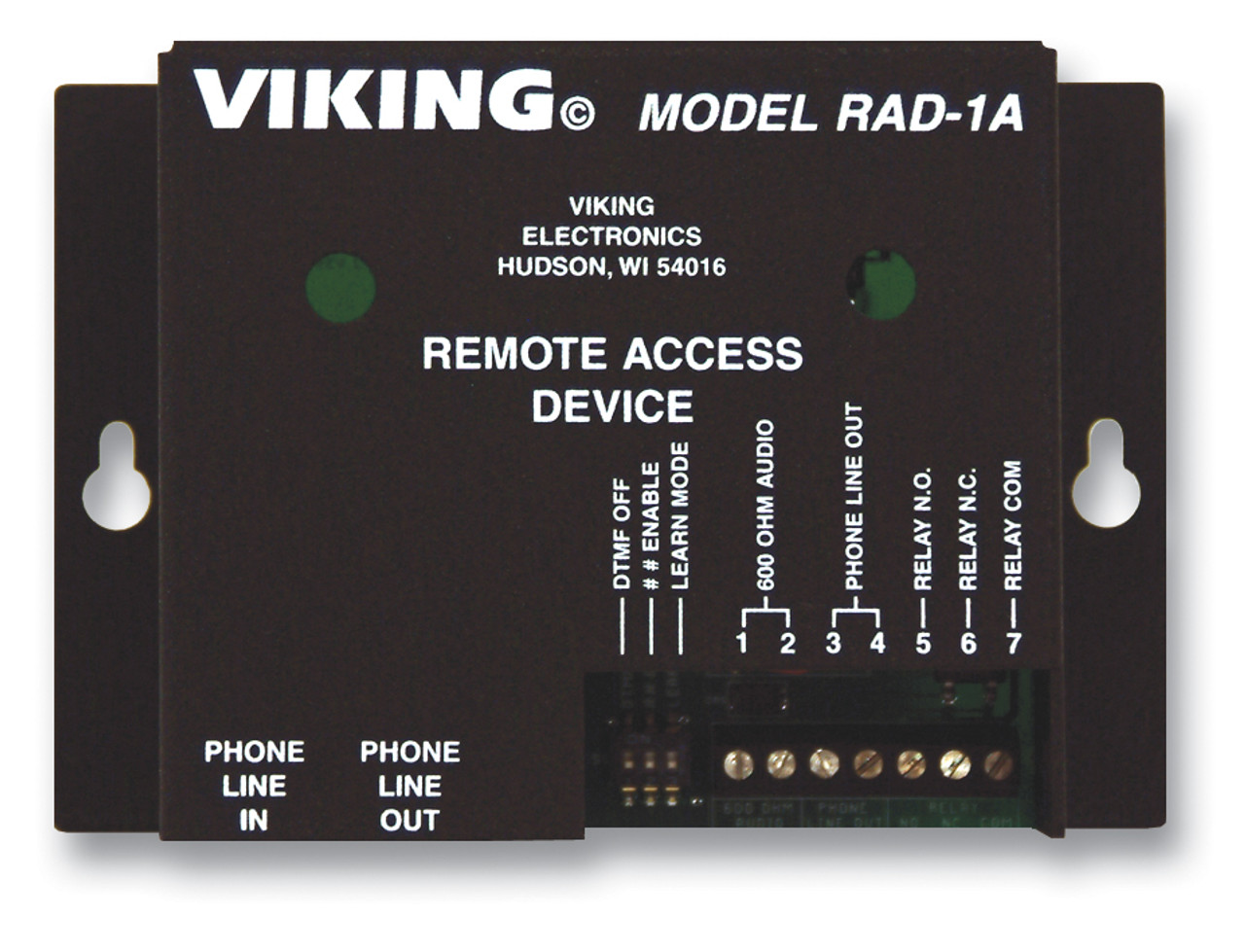Unlocking The Power Of Remote Access Devices Behind Firewalls
Imagine this—you're chilling at home, sipping your favorite coffee, and suddenly you need to access work files stored on a device inside your company's secure network. But wait, there's a firewall standing guard like a bouncer at an exclusive club. How do you get in without breaking the rules? Well, let me tell ya, that's where remote access devices behind firewalls come into play. These gadgets are like secret agents, allowing you to connect to your office network from anywhere, anytime, without compromising security. So, if you're curious about how they work and why they're essential in today's digital world, buckle up because we're diving deep into this tech marvel.
Now, I know what you're thinking—"Isn't it risky to poke holes in firewalls just to let people inside?" That's a legit concern, but here's the deal: remote access devices aren't about creating backdoors. Instead, they use smart protocols and encryption methods to ensure that only authorized users can get through. It's like having a VIP pass that's verified by multiple security checks. In this article, we'll break down everything you need to know about remote access devices, how they function behind firewalls, and why they're a game-changer for businesses and remote workers alike.
Before we jump into the nitty-gritty, let's set the stage. Remote access isn't just a buzzword anymore; it's a necessity. With more people working from home or traveling for business, the demand for secure and reliable remote access solutions has skyrocketed. And guess what? Firewalls are no longer an obstacle but rather a partner in keeping your data safe. So, whether you're a tech enthusiast, a business owner, or someone who's simply curious about how all this works, this article's got you covered. Let's get started!
Read also:Samy Onlyfans Nudes The Untold Story Behind The Viral Sensation
Why Remote Access Devices Matter in Today's World
In today's fast-paced digital era, flexibility is king. Remote access devices have become the backbone of modern workplaces, enabling employees to stay connected and productive no matter where they are. Whether you're troubleshooting a server issue from halfway across the globe or accessing critical files during a last-minute meeting, these devices make it happen. But here's the kicker—they do it securely, ensuring that sensitive information stays protected even when accessed remotely.
Think about it: without remote access, businesses would be stuck in the Stone Age. Employees would have to physically be in the office to get their work done, which not only limits productivity but also increases operational costs. By integrating remote access devices into their networks, companies can empower their teams to work more efficiently while maintaining top-notch security standards. It's a win-win situation, my friend.
How Remote Access Devices Work Behind Firewalls
Now, let's talk tech. Remote access devices behind firewalls operate on a pretty cool principle. They use a combination of secure protocols, such as SSH (Secure Shell) and SSL/TLS (Secure Sockets Layer/Transport Layer Security), to establish encrypted connections between external devices and internal networks. This means that even if someone tries to eavesdrop on your connection, they won't be able to make sense of the data being transmitted.
Here's a quick breakdown of how it works:
- Authentication: First, the remote device requests access to the network. The firewall verifies the user's credentials using methods like passwords, two-factor authentication, or digital certificates.
- Encryption: Once authenticated, the connection is encrypted to protect data from prying eyes. This ensures that even if the connection is intercepted, the data remains unreadable.
- Access Control: The firewall then grants limited access to specific resources within the network, ensuring that users can only access what they're authorized to.
It's like a digital handshake that says, "Hey, I'm legit, and I need to get in." And trust me, firewalls are pretty good at distinguishing between friend and foe.
Choosing the Right Remote Access Solution
Not all remote access devices are created equal. When selecting a solution for your business, it's crucial to consider factors like scalability, ease of use, and compatibility with your existing infrastructure. For instance, if you're running a large enterprise with multiple branches, you'll need a solution that can handle thousands of concurrent connections without breaking a sweat. On the other hand, if you're a small business owner, a simpler, more cost-effective option might suffice.
Read also:Unlocking The Power Of Mydesinet Click Your Ultimate Guide To Maximizing Online Opportunities
Popular Remote Access Tools
There are plenty of remote access tools out there, each with its own set of features and benefits. Here are a few popular ones:
- TeamViewer: Known for its user-friendly interface and robust security features, TeamViewer is a go-to choice for many businesses.
- LogMeIn: Offering advanced remote management capabilities, LogMeIn is ideal for IT professionals who need to troubleshoot systems remotely.
- AnyDesk: With its lightning-fast connection speeds and lightweight design, AnyDesk is perfect for users who prioritize speed and efficiency.
Ultimately, the best tool for you depends on your specific needs and budget. Do your research, read reviews, and don't be afraid to try out a few options before making a decision.
Security Considerations for Remote Access Devices
Security should always be at the forefront of your mind when implementing remote access solutions. While these devices offer incredible convenience, they also introduce potential vulnerabilities if not properly managed. That's why it's essential to follow best practices to minimize risks.
Tips for Securing Your Remote Access Setup
Here are some tips to help you fortify your remote access setup:
- Use Strong Passwords: Weak passwords are a hacker's dream. Make sure all users create strong, unique passwords and enable multi-factor authentication whenever possible.
- Regularly Update Software: Keeping your remote access software up to date ensures that you have the latest security patches and features.
- Monitor Activity Logs: Regularly reviewing activity logs can help you detect and respond to suspicious behavior quickly.
By taking these precautions, you can significantly reduce the risk of unauthorized access and protect your valuable data.
Benefits of Remote Access Devices Behind Firewalls
Let's talk benefits, shall we? Remote access devices behind firewalls offer a whole host of advantages that make them indispensable in today's business landscape. For starters, they enable seamless collaboration among team members, regardless of their physical location. This leads to increased productivity and faster decision-making.
Moreover, remote access solutions help businesses save money by reducing the need for physical office space and travel expenses. Instead of flying employees across the country for a meeting, they can simply log in and participate virtually. It's a smart move that's both cost-effective and environmentally friendly.
Common Challenges and How to Overcome Them
Of course, no technology is without its challenges. Some common issues with remote access devices include slow connection speeds, compatibility problems, and user errors. But fear not—these hurdles can be overcome with the right approach.
Optimizing Remote Access Performance
Here are a few strategies to enhance the performance of your remote access setup:
- Upgrade Your Network Infrastructure: Investing in high-speed internet and modern networking equipment can significantly improve connection speeds.
- Provide Adequate Training: Ensuring that all users are properly trained on how to use remote access tools can reduce errors and improve overall efficiency.
- Implement Load Balancing: If you have a large number of users accessing the network simultaneously, consider implementing load balancing to distribute traffic evenly.
By addressing these challenges head-on, you can create a smooth and reliable remote access experience for everyone involved.
The Future of Remote Access Technology
As technology continues to evolve, so too will remote access solutions. We're already seeing advancements in areas like AI-driven security, cloud-based remote access, and quantum encryption. These innovations promise to make remote access faster, more secure, and more accessible than ever before.
For instance, AI-powered security systems can detect and respond to threats in real-time, while cloud-based solutions eliminate the need for on-premise hardware. And with quantum encryption on the horizon, we may soon have truly unbreakable security for our remote connections.
Final Thoughts: Embrace the Future of Remote Work
So there you have it—a comprehensive look at remote access devices behind firewalls and why they're so important in today's world. From enabling flexible work arrangements to enhancing security and collaboration, these devices offer countless benefits for businesses and individuals alike. But remember, with great power comes great responsibility. Always prioritize security and stay up to date with the latest trends and best practices to get the most out of your remote access setup.
Now it's your turn! Have you tried using remote access devices in your workplace? What challenges have you faced, and how did you overcome them? Share your thoughts and experiences in the comments below. And if you found this article helpful, don't forget to share it with your friends and colleagues. Together, let's unlock the full potential of remote work!
Table of Contents
- Introduction
- Why Remote Access Devices Matter in Today's World
- How Remote Access Devices Work Behind Firewalls
- Choosing the Right Remote Access Solution
- Popular Remote Access Tools
- Security Considerations for Remote Access Devices
- Tips for Securing Your Remote Access Setup
- Benefits of Remote Access Devices Behind Firewalls
- Common Challenges and How to Overcome Them
- The Future of Remote Access Technology
- Final Thoughts: Embrace the Future of Remote Work
And there you have it, folks—a deep dive into the world of remote access devices behind firewalls. Stay tuned for more tech insights and tips to keep you ahead of the curve!
Article Recommendations


